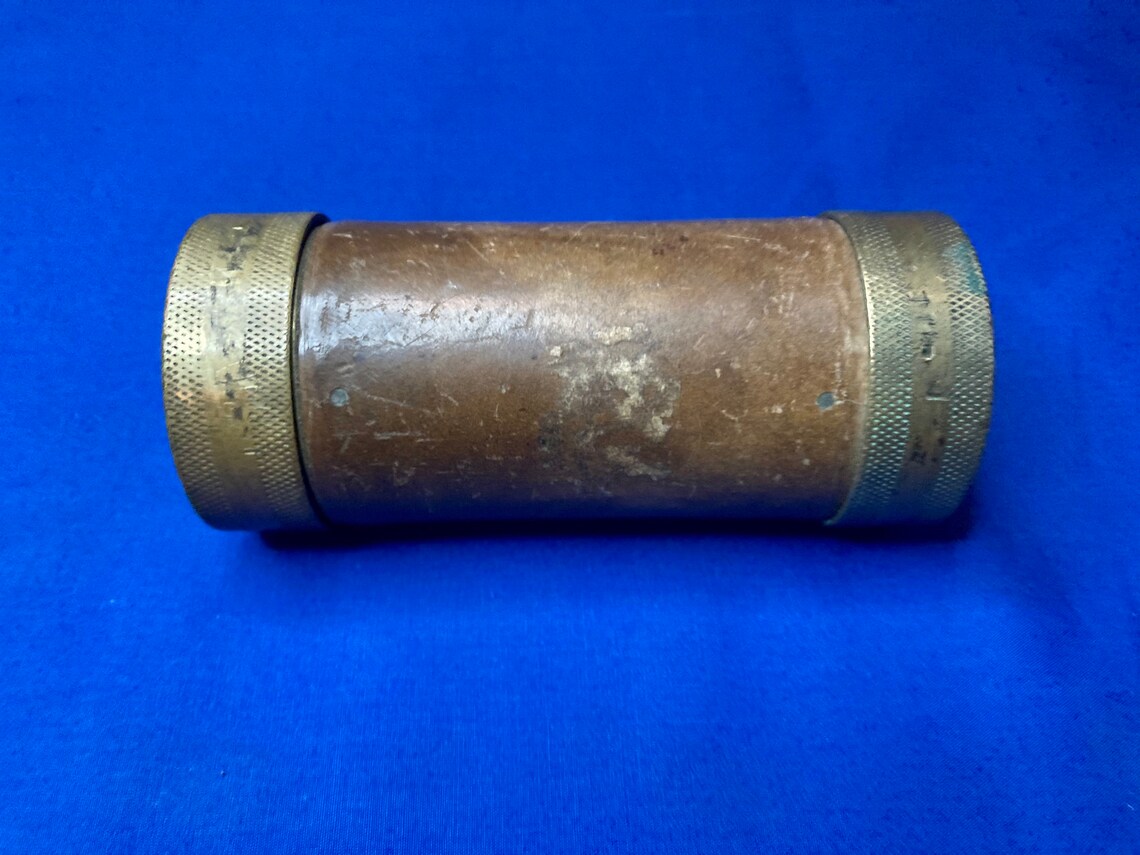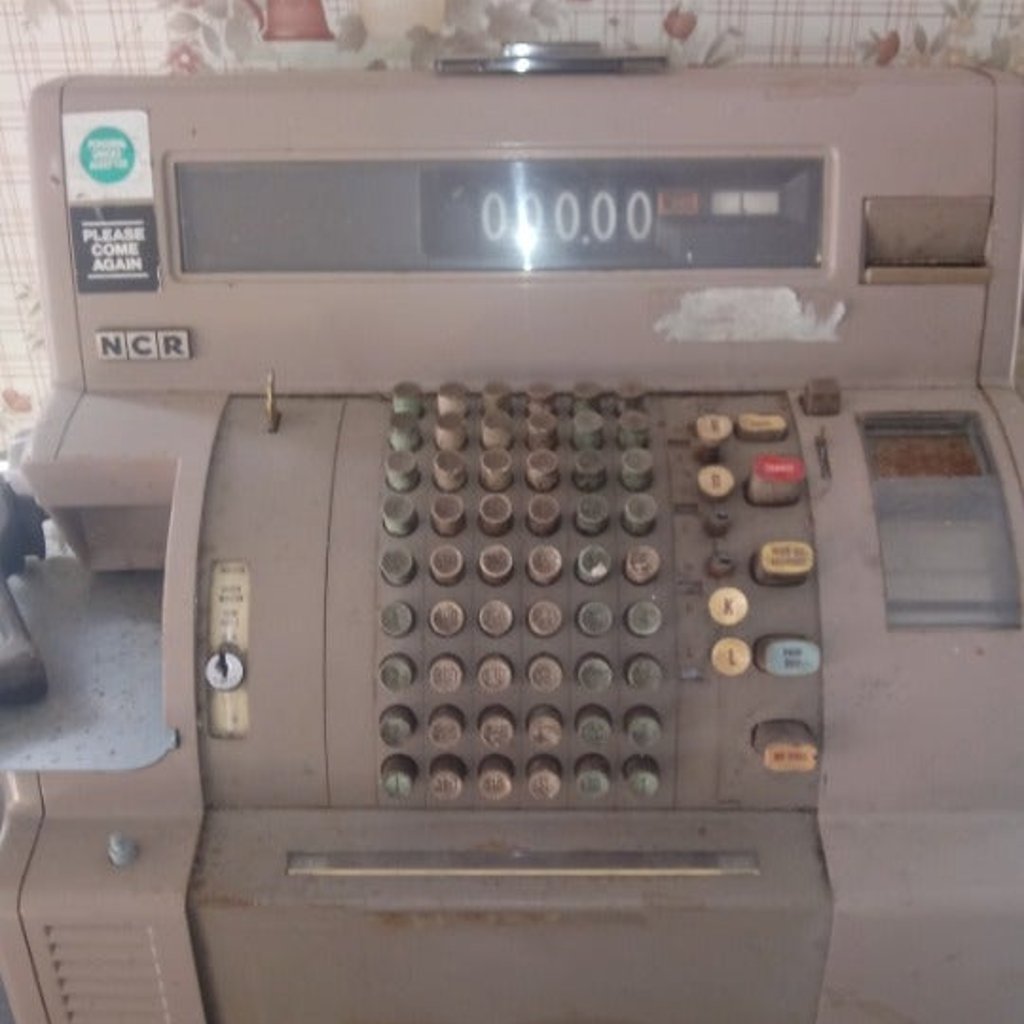My kids frequently ask me about the kinds of jobs I had when I was young. My first "unofficial" job started when I was 11 or 12, as a mother's helper for a neighbor who lived the next street over. She did piecework assembling electronic boards, so she was in the house if anything happened or if I had a question, but she had three very active children that needed some kind of supervision while she worked. It was wonderful training. Among other things, she taught me how to use cloth diapers, including the trick of running the pin through my hair to coat it with just enough oil to slide through the fabric easily. Later on, I became a full-fledged babysitter for her family on a regular basis, and extended my clientele to a number of local families. Once I even filled in for another friend who was unavailable to sit for one of her regular families, and before they left, the mom casually mentioned, "Oh, by the way, if you hear any noises coming from the garage, we have a pig in there." ??!??? (No, I did not go to check out the pig. I like little piglets, but I know enough about pigs to know that any pig making that loud of a crash, I didn't want to meet.)
My first real, paying-taxes job was as a page in my local library. My mom had been a library volunteer, and then she was hired as the children's librarian. I had also volunteered sometimes when she was working, so when I was 14 and old enough to get a work permit from school, they hired me for a few hours a week. My duties included checking books in and out; typing up and filing cards for the card catalog (back in the dark ages when we had a physical card catalog); "reading" shelves, which means skimming each shelf book-by-book to make sure everything is in the correct order; and my favorite, mending books in the "book hospital." Any time a book was returned with damage - anything from a torn page, broken binding, scribbling on the pages, even sand inside the protective book cover - we would put it on the shelf in the back office, and whenever one of the staff had free time, we would figure out the best way to mend it, whether with clear tape, special perforated book-binding tape, or a simple art eraser and elbow grease. I always found it very satisfying to return a book to pristine (or as close to pristine as I could make it) condition.
My first full-time, albeit short-term, job was as a summer clerk for an old-fashioned department store in Haverhill MA called Mitchell & Co. (If you've ever seen the old British sitcom "Are You Being Served?", it was a lot like that.) Everyone in town knew Mitchell's: It was the only place to buy Girl Scout uniforms! It was also one of the few places that still had a cobbler: Charlie had a little shop in the basement, next to the curtain department and the gift-wrap table. Interesting tidbit: Mitchell's opened next door to what had been the Macy's Department Store which moved to NYC, bringing with it the famous Christmas parade which had begun at the Haverhill location. Mitchell's billed itself as "Haverhill's Largest Department Store," a nod to Macy's tagline as "World's Largest Store." (More info here.)
Even back in the 1980s, Mitchell's was quite old-fashioned. Each department had its own clerk, and anything you bought from that department was purchased from that clerk. The clerk would fill out a paper receipt, calculating the math by hand and adding the tax from a chart taped to the counter, then take the customer's payment (cash, check, or name and phone number if the purchase was put "on account," to be billed later), put it in a pneumatic tube canister along with the receipt, and send it up to the cash office.
The woman in the cash office would check the math, record the sale, then send the change and customer's copy of the receipt back down.
A few of the lower-priced departments, including candy, cosmetics, and sewing notions, had their own cash register. The "modern" ones looked like this:
You would push a different button for each numeral in the price - for example, for an item that cost $1.98, you would press the $1 button, the 90-cent button, and then the 8-cent button - then hit either the taxable or the non-taxable button, then enter any other items and hit the total button at the end.Another interesting summer job I had a few years later was working in the back office of a bank. I had just graduated from high school but was only 17. They had a policy of not hiring under-18s, but since my mom had gone to high school with the head of the department, and since I already had my high school diploma, they took me on. I worked in the central bank, but there were 5 or 6 nearby branches. At the end of every day, each branch would courier over a manila envelope with all the checks they'd processed that day, and one of my jobs was to carry them down to the microfilm machine and photograph them. It involved fanning the pile of checks and feeding them into the machine's slot, then collecting them from the tray where the machine spit them out. They would then be sent off to the company who printed and packaged the customer's monthly statements. Without electronic accounts, each customer received a physical printout of their month's transactions, along with all the cancelled checks from that month. Most of the statements were processed completely by machine, but every month there were some statements that had to be processed manually, usually because one or more checks could not be scanned by the machine. So each month when the statements were ready to go out, we would take the "rejected" statements and the "rejected" checks and match them up so that each statement had the correct number of checks with it.
Being the main branch, we also kept all the physical copies of each customer's signature card on file. Any time a check over a certain dollar amount was presented at a branch office, the teller would fax us a copy of the check that we would compare to the signature card. Except that the fax machine didn't have a dedicated line, so they would call our office first and tell us they had a fax, then we would connect the fax machine to the phone line and wait for them to send it. The fax machines in the other offices were less than reliable, though, and when they failed, my boss would call their office and painstakingly describe the signature on the card, noting any distinctive letters: "The first S is very tall and narrow, and the t has almost no space in the loop, and it's much taller than the h after it. Also, the n at the end trails off. And he didn't lift his pen to make the period after his middle initial." One of the customers was an architect with a business account who printed his name instead of writing it in cursive and we used to joke that no-one except another architect or possibly an artist could forge his signature because it was so perfectly neat and uniform.
The last job I had before getting a "real" full-time job was as a cashier and service desk attendant at a local department store called Building #19. It was a very eclectic store that bought all kinds of overstock, damaged goods from fire sales or insurance claims, expired or near-expired packaged goods, and remainders and irregulars. Their tag line was, "Good Stuff Cheap!"
A lot of the merchandise was half a step above junk, but there were also some fabulous bargains on quality goods if you were patient. When the original windows in the John Hancock Tower in Boston started to fall out in the 1970s, Building #19 bought the ones they removed and sold them.
Each branch of the store had its own unique fraction added to the number; we were "Building #19-1/6". The pay was barely minimum wage, but frequently on payday we would all get some kind of "prize" with our check. It could be anything from pizza or ice cream sundaes for the whole staff to a Building 19-branded back scratcher or yoyo. And any time all the cashiers on your shift balanced their drawers "TTP" ("to the penny"), or your store met their sales quota for the month, you'd all get pizza or ice cream at the next shift. We had nametags that said things like, "You don't have to be crazy to work here, but it helps," and "I'm only here for the free coffee," and included a cartoon drawing of the store's founder, Jerry Ellis, similar to the drawings shown on the monthly flyer.
It was a decidedly weird place to work, but it was also fun and casual, and not a bad way to end my pre-professional working life.








No comments:
Post a Comment